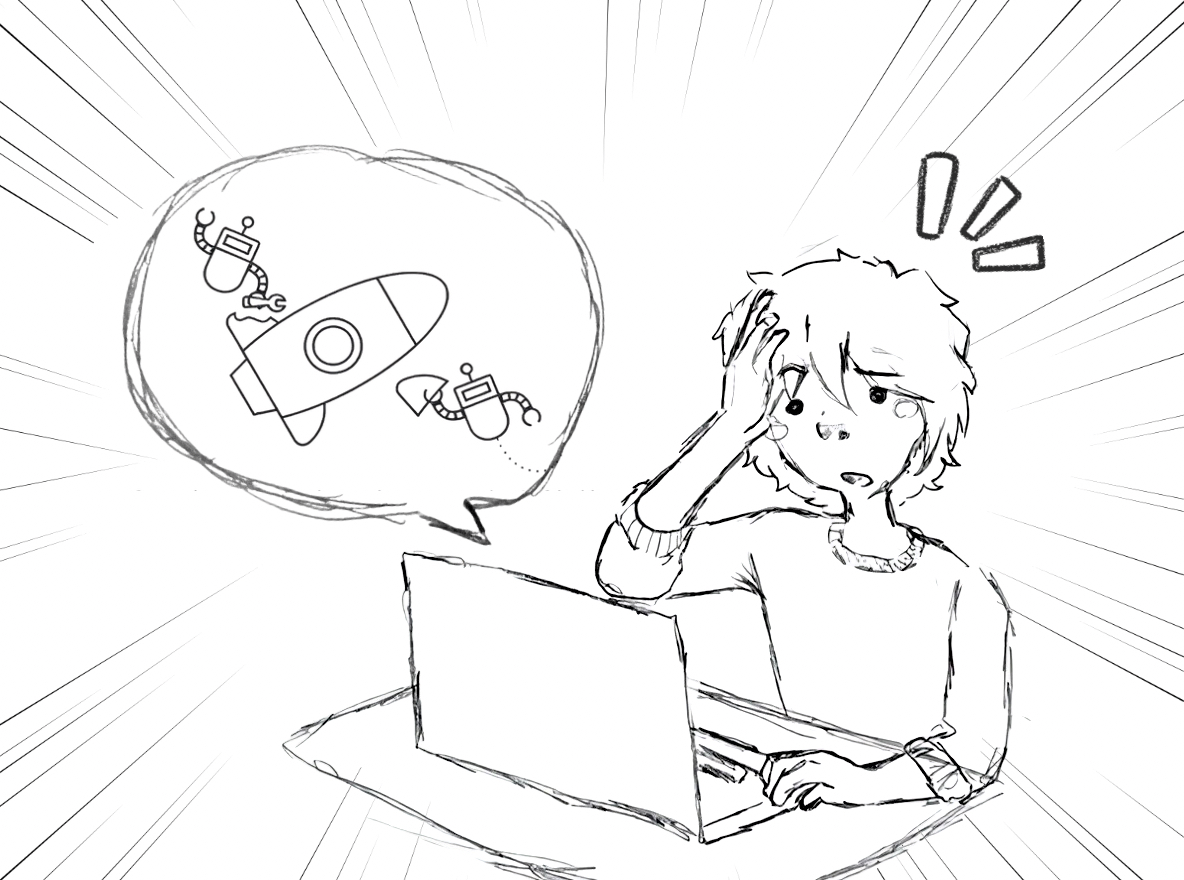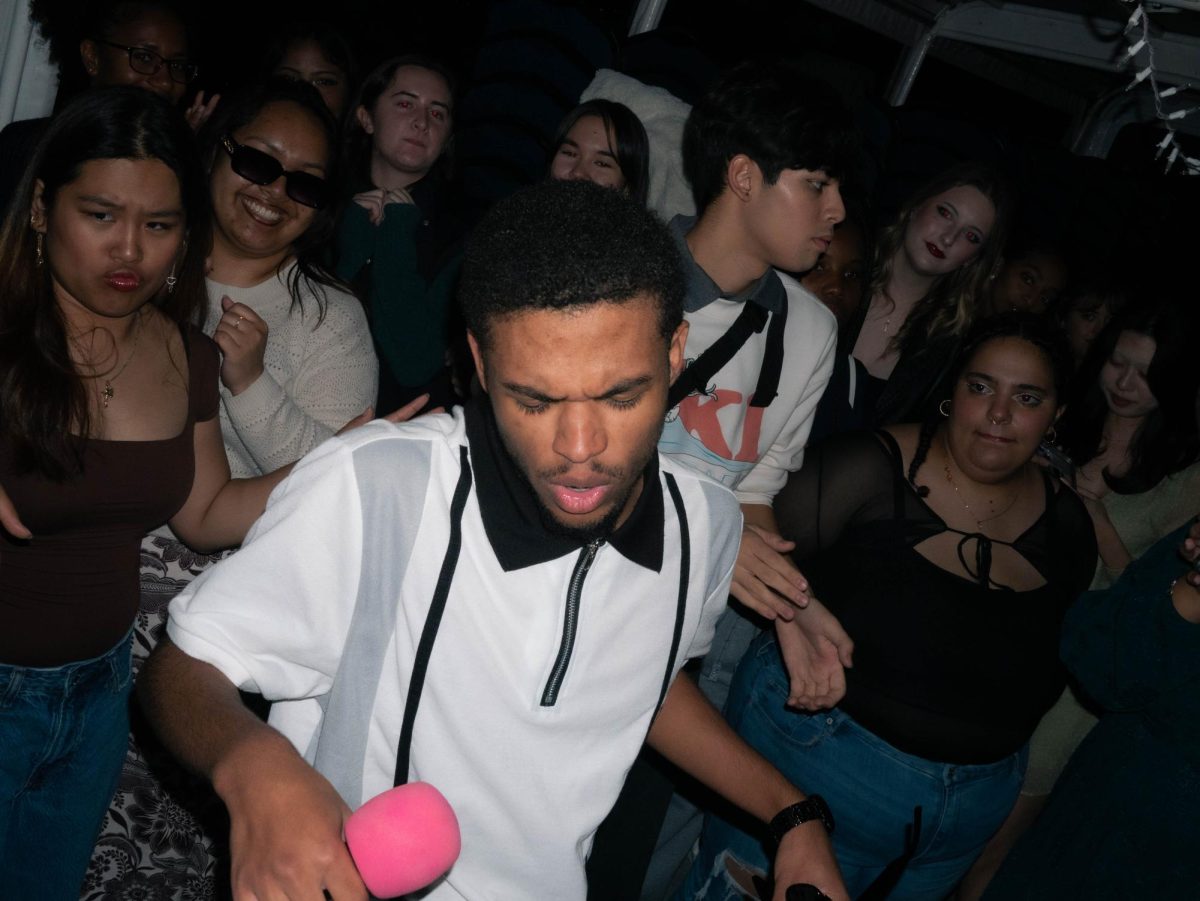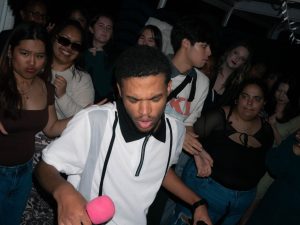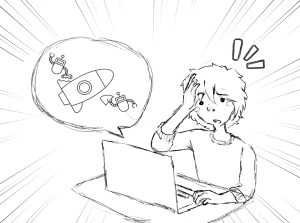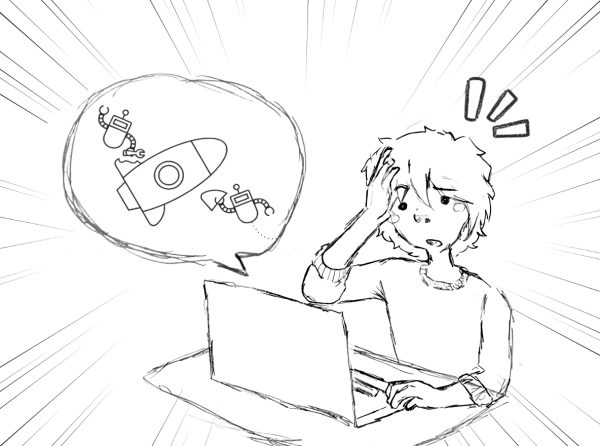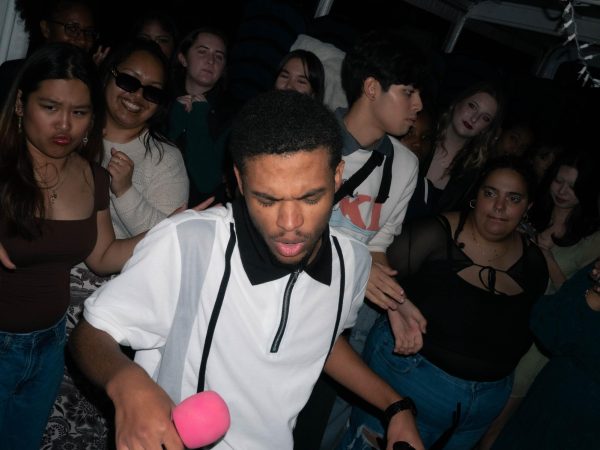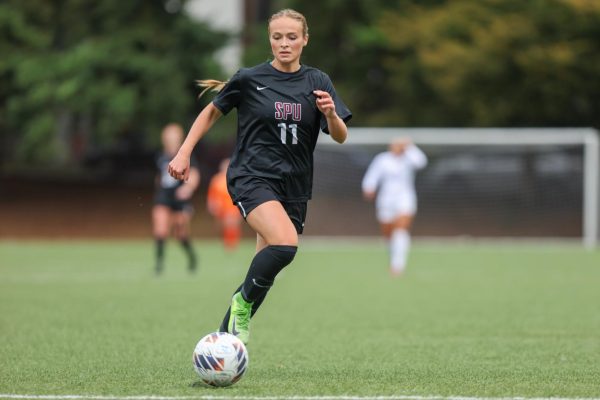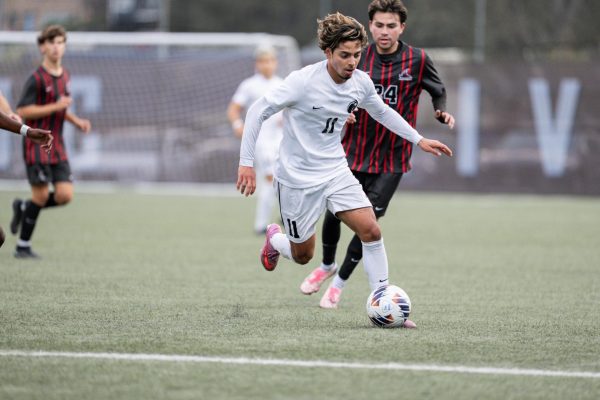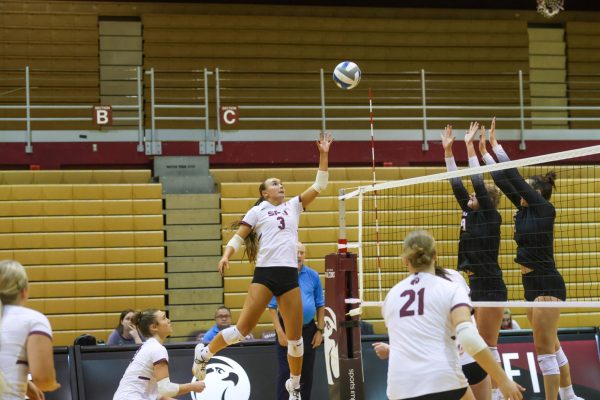NCAA neglecting women to favor men
2021 Women’s basketball March Madness tournament reveals disparities in treatment between the men and women participants
April 13, 2021

This year’s NCAA March Madness basketball tournaments were full of history making wins. The women’s tournament saw the Stanford Cardinal narrowly defeat the Arizona Wildcats in a 54-53 win, their first NCAA championship since 1992. On the men’s side, the Baylor Bears conquered the Gonzaga Bulldogs to capture their first NCAA championship with a win of 86-70.
Unfortunately, the excitement of the matchups and the historic moments were not the only things that brought attention to the tournaments this year. The issues in this tournament included the very blatant and obvious disparities between the treatment of the female and male athletes.
The most recognized exposé of the disparities between the tournaments came from the University of Oregon’s Sedona Prince and her viral Tik-Tok account. Prince participated in the tournament alongside her teammates from Oregon and gave her followers a first-hand account of what they were experiencing.
The issues she highlighted in her videos quickly gained the attention of users and fans of college basketball, who showed their unwavering support for the women who were being wronged by the NCAA. Her videos showed poorly prepared isolation meals, a weight room that only consisted of a few yoga mats and one weight set, and a drastic lack of items included in “swag bags” provided by the organization compared to what the men received.
Freshman physiology major, Hannah McSwain, has experienced similar treatment when playing soccer for high school in Linden.
“It is not the fault of the women that they do not get the proper rating that they men do. It is the NCAA’s fault for not advertising them enough or giving them the proper coverage. The women could bring in more money if only they were given the chance to be regarded at the same level as the guys. People like Sedona showed that if you bring the people’s attention to an issue or event, they are more likely to view it or think of it as important.” McSwain said.
As the Men’s workout area looked exactly like any modern gym, the women’s workout area was lacking. A table, set of weights and a yoga mat sat in the corner of a room that was otherwise empty. The integrity of the NCAA was called into question when they blamed the severe lack of equipment solely on the fact that they had no additional room to build another modern gym. It took the problem being illuminated on social media for anything to change. Slowly, the situation for both men’s and women’s teams became similar.
Commonly women sports are not as favorable to viewers as men’s sports. However, that does not constitute this unfair treatment. This exact treatment is what causes women’s sports to appear less favorable to the audiences who view them.
This treatment is shocking when it is unveiled on as big of a scale as this was, but this is not a unique occurance. This unequal treatment happens everyday to women in sports, no matter the level.
“Women are at a clear disadvantage when it comes to sports and the amount of attention that they get from schools or even organizations like the NCAA,” McSwain said. “We never had the same amount of equipment or advertisement that the men got which in turn made us seem less skilled or less deserving of a large crowd for our games.”
McSwain asserts that women can perform at the same level as men and put in the same amount of work, but women have not been given the proper chance to showcase it.
“Women’s college basketball ratings shot up after it got proper social media attention. All women need is the chance to show the world what they can do. If they were advertised and hyped up like the men are now, then we could move towards having more equality.” McSwain said.


